Fun with Data – Driving AutomationSAE, the name for what used to be called the Society for Automotive Engineers, is a well-known standards organization for the automotive space, and while such standards are not legally binding they are widely used across many industries in and around the automotive space. One area that SAE has set standards for is Driving Automation, an area that falls into the realm of consumer electronics, or at least on the edge. In May SAE released an update on “SAE Levels”, which it has proposed as the standards for defining levels of automation, which is a topic that will continue to garner attention over the next decade. While we are not at a point to comment on the validity of the standard and how other countries and organizations might view it, we thought it interesting and educational.
0 Comments
5G Ecosystem – July |
AuthorWe publish daily notes to clients. We archive selected notes here, please contact us at: [email protected] for detail or subscription information. Archives
May 2025
|









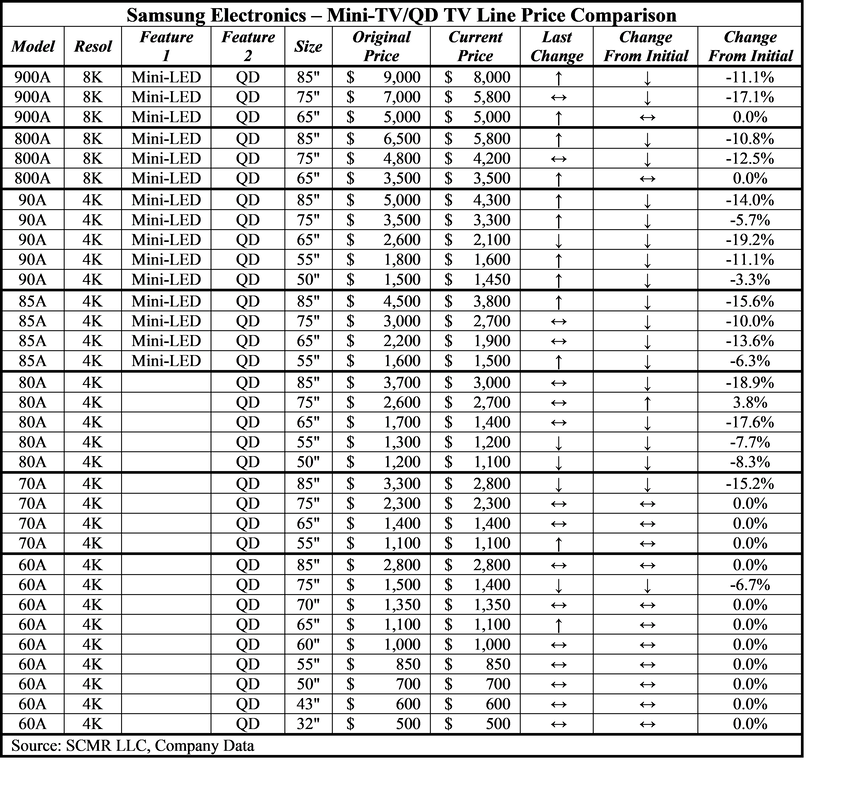

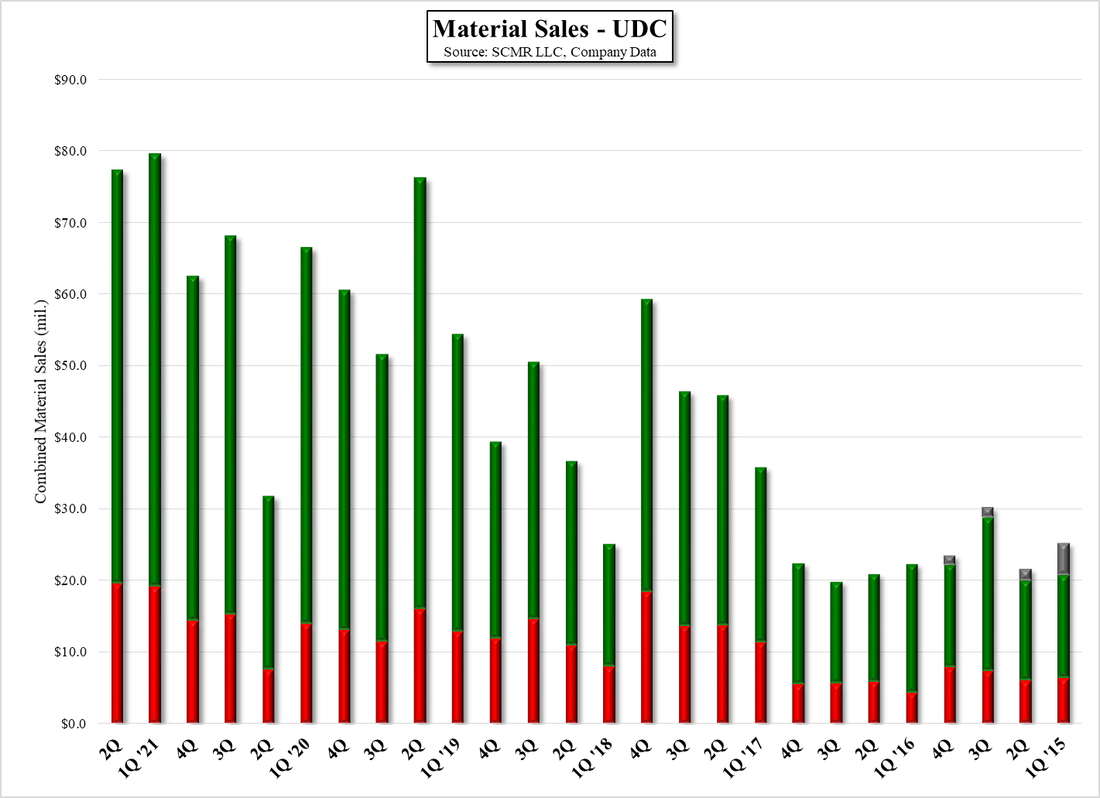
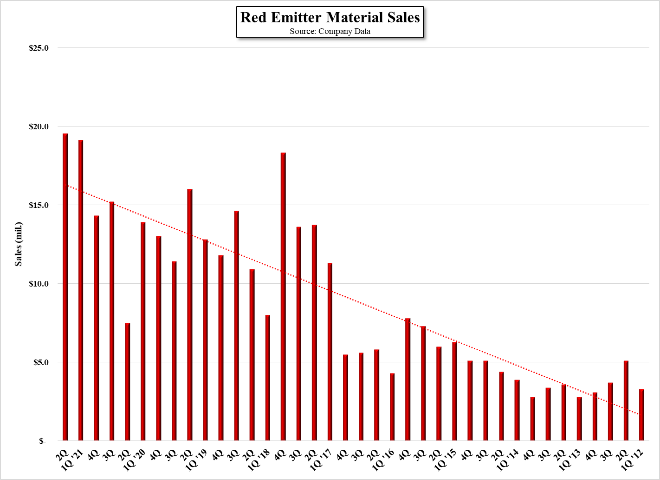
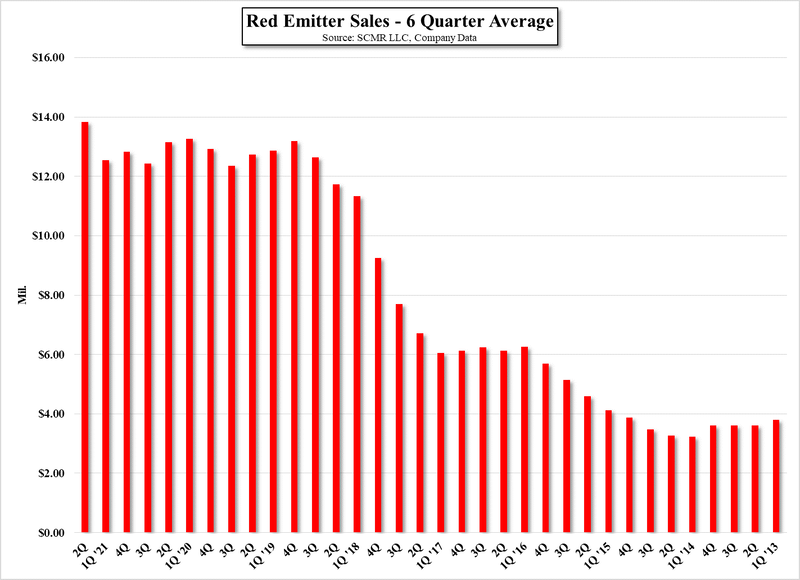
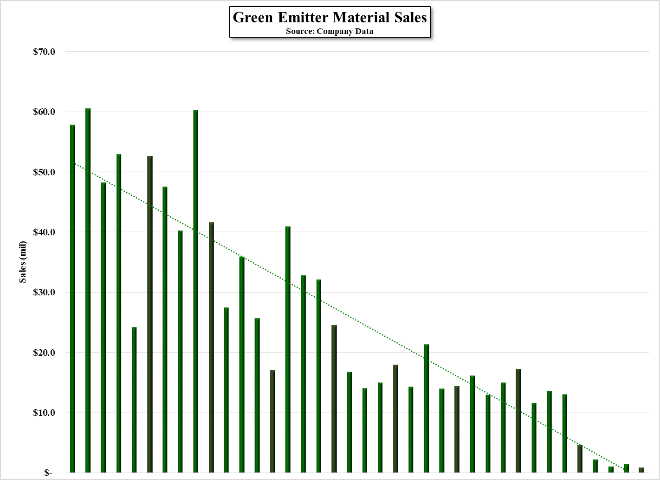
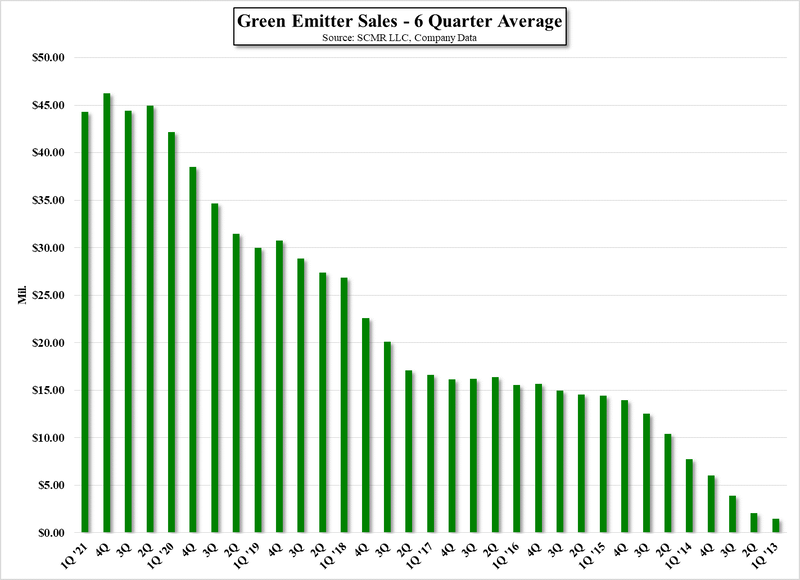


 RSS Feed
RSS Feed